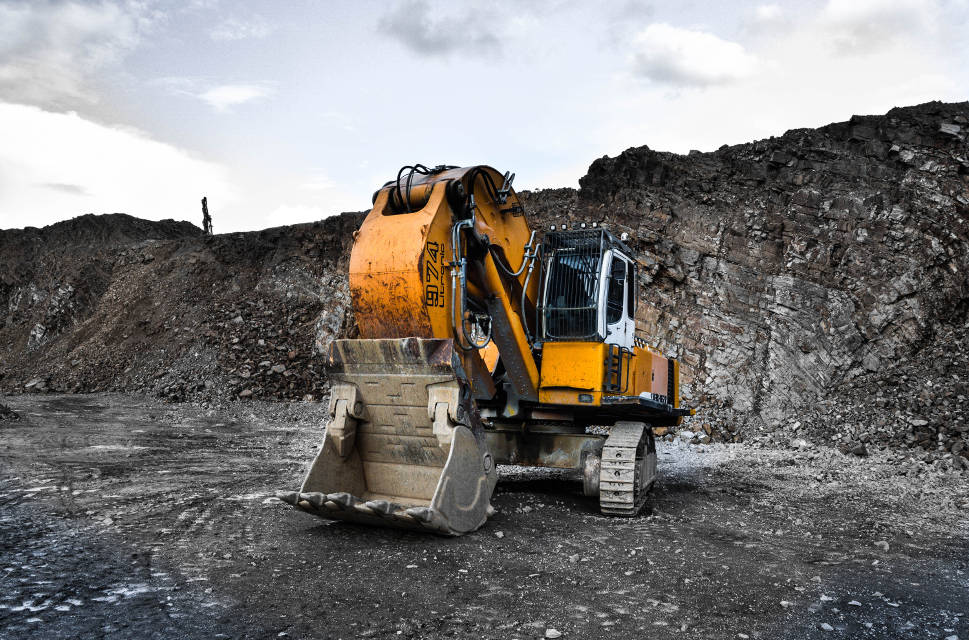Coal Comeback Unlikely
Uptick in manufacturing continues.
The US economy added 148,000 jobs in December, with only 10 states seeing an increase in nonfarm employment. In the Rust Belt, Pennsylvania, Michigan, and Iowa grew by 14,600, 10,100 and 7,100 jobs respectively. In percentage terms, Iowa saw the greatest growth at 0.4 percent, followed by Indiana, Michigan, and Pennsylvania at 0.2 percent. Wisconsin lost 1,700 jobs (-0.1 percent) while New York lost 500 jobs overall. The average unemployment rate of Rust Belt states fell 0.1 percentage points in December and remains slightly above the national unemployment rate of 4.1 percent.
Turning to traditionally blue collar jobs in the region, construction grew by 0.5 percent, followed by manufacturing at 0.4 percent. The number of jobs in mining and logging decreased by 0.3 percent. Since January of 2017, manufacturing has grown by 1.1 percent in the region, followed by mining and logging at 0.7 percent and construction at 0.6 percent.
The recent uptick in Rust Belt manufacturing jobs continues with the largest increases in employment in Iowa at 1.5 percent (3,300 jobs), Indiana at 0.9 percent (4,700 jobs), and Ohio at 0.5 percent, or 3,500 jobs. The only Rust Belt state to lose manufacturing jobs in December was Wisconsin, where the number of jobs fell by 2,900 or 0.6 percent.
Over the last year, New York and Pennsylvania are the only Rust Belt states to have lost manufacturing jobs, with declines of 4,700 and 4,500, respectively. Iowa and Wisconsin have been the biggest job gainers, both with increases of 11,500. This is a rise of 5.4 percent for Iowa and 2.2 percent for Wisconsin.
In construction, Minnesota led the way with an increase of 5,700 jobs in December. Employment in the sector is up by 8,400 over the last year, an increase of 7.1 percent. Pennsylvania also had impressive growth in construction, adding 4,800 jobs in December — an increase of 1.9 percent for the month. This was followed by West Virginia at 1.8 percent (600 jobs), and Michigan at 1.3 percent, or 2,100 jobs. Iowa saw a decrease of 1.7 percent (1,300 jobs) and Ohio lost 1,700 construction jobs (-0.8 percent). Construction jobs in Iowa have fallen by 9.2 percent compared with year-ago levels and is the only Rust Belt state with fewer jobs in December of 2017 than December 2016.
The only significant changes in mining and logging employment levels in December were in Ohio, with a 5.5 percent decrease in employment; Wisconsin with -2.5 percent; and Illinois with -1.2 percent. West Virginia saw an increase of 1.9 percent, or 400 jobs, and Indiana saw an increase of 1.6 percent or 100 jobs. It is worth noting that jobs in the industry account for just 0.5 percent of total nonfarm jobs in the country and 0.2 percent of the jobs in the region.
Excluding logging, mining makes up an even smaller share of employment both nationally and in the region. For Kentucky, Pennsylvania, and West Virginia — the only states in which the Bureau of Labor Statistics tracks coal mining employment data — there was no change in employment with jobs levels at 5,400, 4,900 and 5,300 respectively. Since January of 2017, the number of coal jobs has fallen by 500 in Kentucky and 100 jobs in West Virginia. It is the same level in Pennsylvania, after briefly adding 100 jobs in June and July. While there has been a lot of attention to coal’s “comeback” there is not a plausible story in which coal mining will be a source of significant job growth in the future. Even in West Virginia, it accounts for less than 3.0 percent of total employment; in Kentucky, it is less than 0.3 percent of employment. In states like Pennsylvania and Ohio, it is less than 0.1 percent of employment.
Mining jobs are good paying jobs for those workers able to get them, and they can drive the economy of small communities. However, coal mining will not plausibly be a driving factor in any state’s economy going forward.
Coal mining Construction Illinois Indiana Industrial Belt Iowa Kentucky Logging Manufacturing Michigan Mining Minnesota New York Ohio Pennsylvania West Virginia Wisconsin

